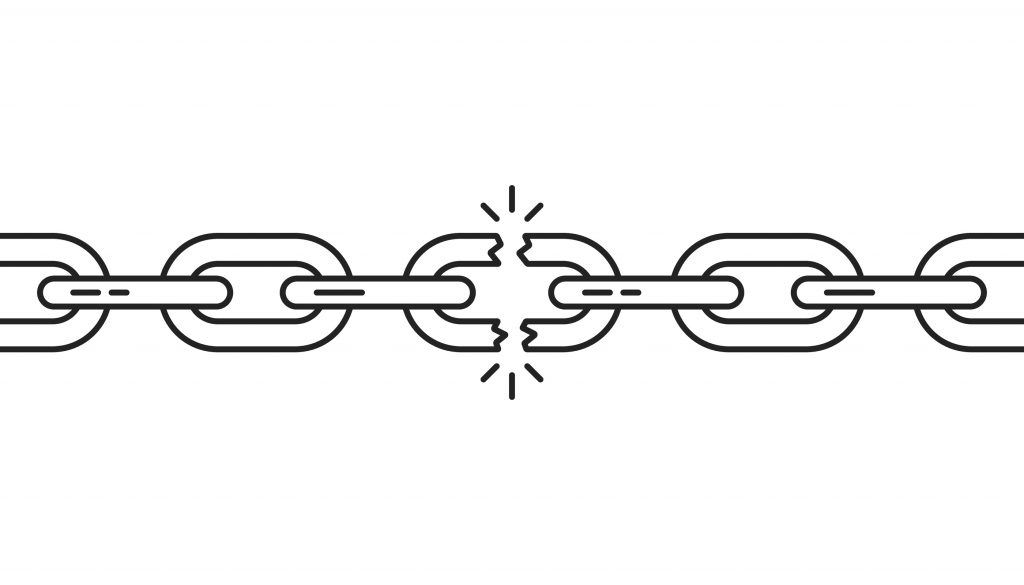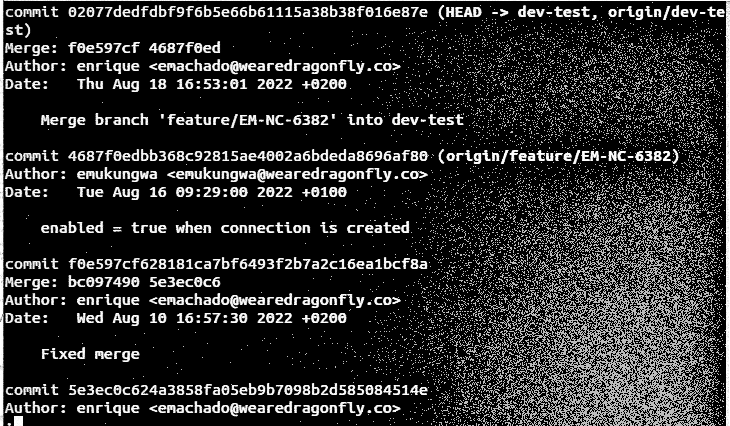In our experience, the majority of CEOs come from non-technical backgrounds. Whilst there is no doubt they know what their engineering teams do, when pushed on specifics most quickly admit the technical nature of the function is beyond their area of expertise. After all, surely this is what the CTO and engineering leadership team are for? Well yes, but in today’s technology-driven business climate, having only a limited understanding of how an engineering and quality organisation works puts a CEO at a major disadvantage. Help your CEO take great data driven testing and engineering decisions.
The buck stops here
To state the obvious, the CEO’s job is hard! They must balance speed to market with funding, revenue and regulatory obligations. The usual constraints of cost, quality, and time apply and the provision of accurate and meaningful updates by business and technology leadership is essential. The CEO must draw conclusions from and make judgments on where they are against the original business case, assess if they are on plan and establish how to best deal with potential issues and roadblocks that will endanger key milestones and business goals.
The messages are often scrambled
CEO’s are generally short of time and have competing priorities meaning they don’t always understand the importance of key issues being brought to their attention or their potential impact. The inefficiencies and complexities of human behaviours, bias, ambiguity and intangible measurement means many messages are mis-translated, mis-reported or mis-understood for a number of complex reasons. These are in effect a melting pot of themes rather than individual factors, making it even harder to understand when management is not providing the value required to reduce the volatility of outcomes.
The value of trusted information
In contrast, effective decisions require true transparency, consistency, and measurable goals coupled with tangible insight. Speaking from personal experience, this kind of trusted information is invaluable as it removes inefficiencies and reduces the emotional energy involved in making judgment calls – especially true after all-day back-to-back Zoom meetings. Making poor decisions based on subjective information can have a high price as every CEO will tell you. Data driven testing and engineering is the future.
Trusted information therefore is what every CEO wants, rather than wondering how much credence to give to the data and information that is in front of them. For instance, in status reporting many CEOs ask: does green mean green?. When they dig deeper, they often find underlying issues and understandably lose trust in the numbers and narrative being reported from engineering and quality leadership. This is true now more than ever as we are seeing CEOs becoming increasingly data driven.
Three ways to help your CEO
So, when all is said and done, here are three things that you can do to help you CEO better understand engineering and quality and enable value to be demonstrated more easily?
- Be data driven – drive your commentary based on facts you can prove not opinions that you cannot
- Communicate in quick fire, as CEOs do – deliver measurable statements, anticipate likely questions, and remove ambiguity to make information more easily consumable
- Shorten the feedback loop – Answer questions quickly with facts to speed up the decision-making process
Get the most from meetings with your CEO
We have built neuro to enable engineering and quality teams to deliver consistent and transparent reporting to CEOs. We do the heavy lifting, allowing you to be data-driven and answer questions in real time. We shorten the feedback loop and speed up decisions by condensing data points and insights into short meaningful units. Use neuro in conjunction with the three points above to get the most from meetings with your CEO. Empower your CEO to make the right call. If you have any questions, please get in touch.



